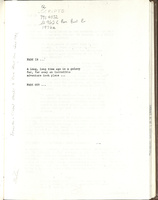-
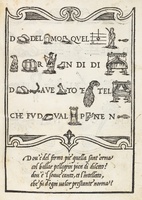
The typeface Palatina, designed by Hermann Zapf, was named in honor of the author of this writing manual Giovanni Battista Palatino (1515-circa 1575). A professional calligrapher, Palatino's instuctional book illustrates different scripts of the time, such as mercantile, chancery, and gothic cursive, and how they vary across regions and countries. Different alphabets, such as Chaldean, Hebrew, and Greek, are also depicted. "Sonetti figurati," rebus puzzles in which pictures represent words in the sonnets below, as well as text on ciphers and cryptography and recipes for ink, also appear in the volume.
-
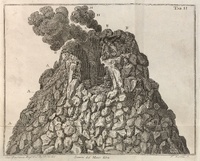
Lazzaro Spallanzani (1729-1799) was a priest, biologist, and physiologist who conducted numerous studies on animal reproduction and bodily functions, including spontaneous cellular regeneration and echolocation, and performed some of the first experiments on artificial insemination. Spallanzani visited Vesuvius in Campania as well as other volcanoes on the island of Sicily in 1788. He published his findings in the six-volume Viaggi alle Due Sicilie in 1792, laying the foundations for the study of volcanology and meteorology. The engraving depicts several scientists peering into a crater at the summit of Mount Etna, which had erupted spectacularly the year before.
-
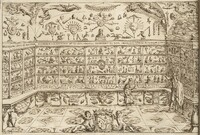
Marquis Ferdinando Cospi (1601-1686) donated to the Senate of Bologna in 1660 his extensive collection of natural history specimens and archaeological objects, which was later combined with the vast botanical and zoological collections of Ulisse Aldrovandi (1522-1605). This inventory of the collection was published at Cospi's expense and has numerous woodcuts and an impressive copper engraving of the interior of his museum. At top a bust of Dante overlooks the cabinet of curiosities, containing both natural and manmade animal specimens, fossils, shells, scientific instruments, and rare books, with Cospi and the museum's custodian Sebastiano Biavati below.
-
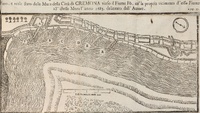
Capra's work is one of the key studies on flood control and river bank engineering, specifically of the Po River that forms the boundary between the regions of Lombardy, Emilia-Romagna, and the Veneto. It provides practical advice on how to protect the walls of the city of Cremona from the assaults of the Po. Engineering the river to prevent flooding and aid irrigation was a priority for many northern Italian towns in the seventeenth century, especially following devastating famines and the plague outbreak of 1629-1630.
-
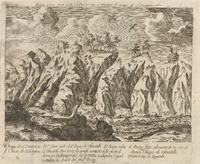
The physician Borsieri (1725-1785) achieved notoriety at a young age after successfully containing a plague outbreak in Faenza using mercury compounds. He continued his analysis of mineralogical components of the surrounding area, first publishing his treatise on the waters of San Cristoforo in 1761. Borsieri was one of the first to analyze mineral waters for their medicinal and therapeutic value, paving the way for the modern study of medical hydrology. Unlike many doctors at the time, who claimed that mineral waters were cure alls, Borsieri argued that they were effective in treating only certain ailments depending on the mineralogical components in the water.
-
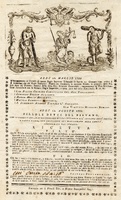
This broadside issued by the Royal Supreme Health Tribunal of the Republic of Venice states that the miraculous pill called "Pievano," secret recipe of Giovanni Giacomo Zannichelli, is legitimate, as decreed in 1769 and renewed in 1799. The miracle pill was for gastrointestinal problems, and most importantly would not interfere with malaria treatments made from "chinachina," or quinine, a component of cinchona tree bark. Malaria, from "mal aria," or bad air, was a widespread problem in Italy, especially in the central and southern regions and marshes of Venice.
-
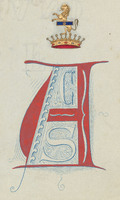
Antonio Cavagna Sangiuliani's monogram, surmounted by a crown with elements of the Cavagna family coat of arms: a golden lion and blue band with a golden basket ("cavagno") within.
-
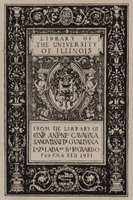
Bookplate designed for the collection by W.C. Titcomb, featuring the Cavagna family crest and the motto of the University of Illinois: Learning and Labor.
-

-
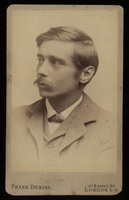
-
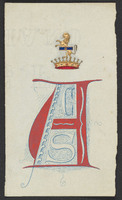
-
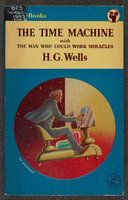
-
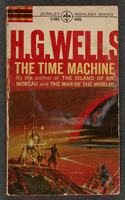
-
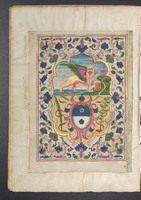
-
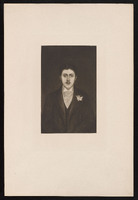
-
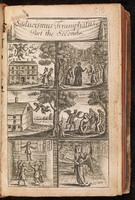
-
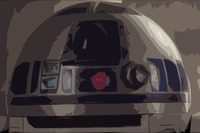
-
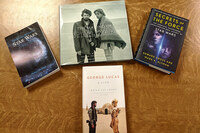
-
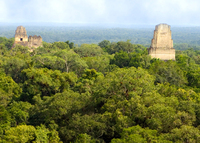
-
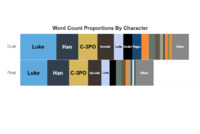
-
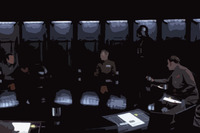
-
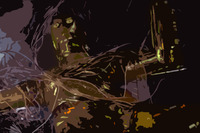
-

-
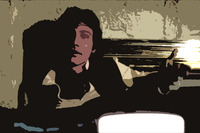
-
